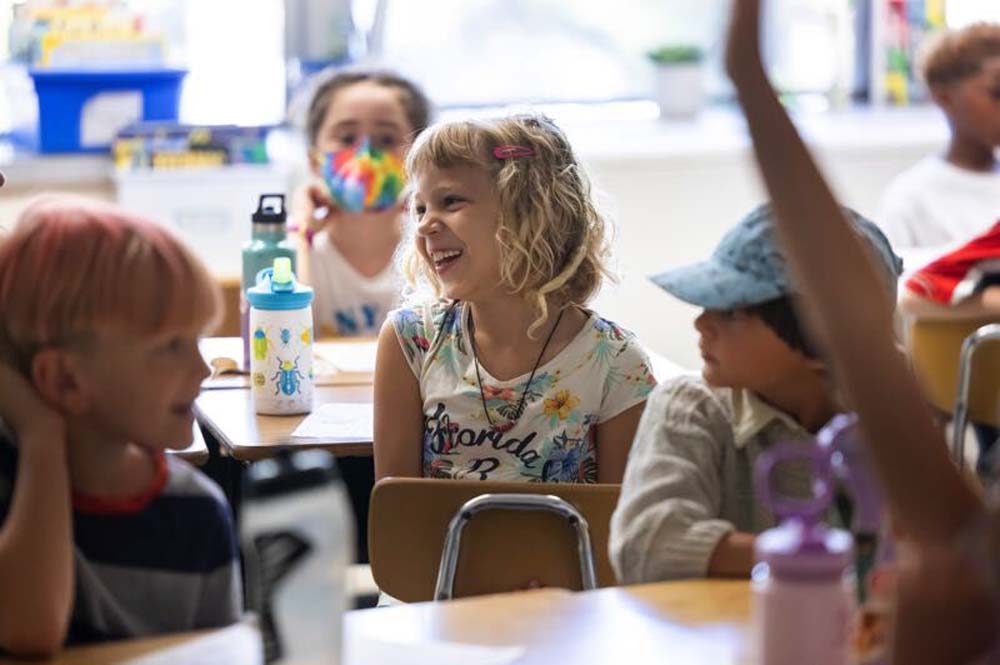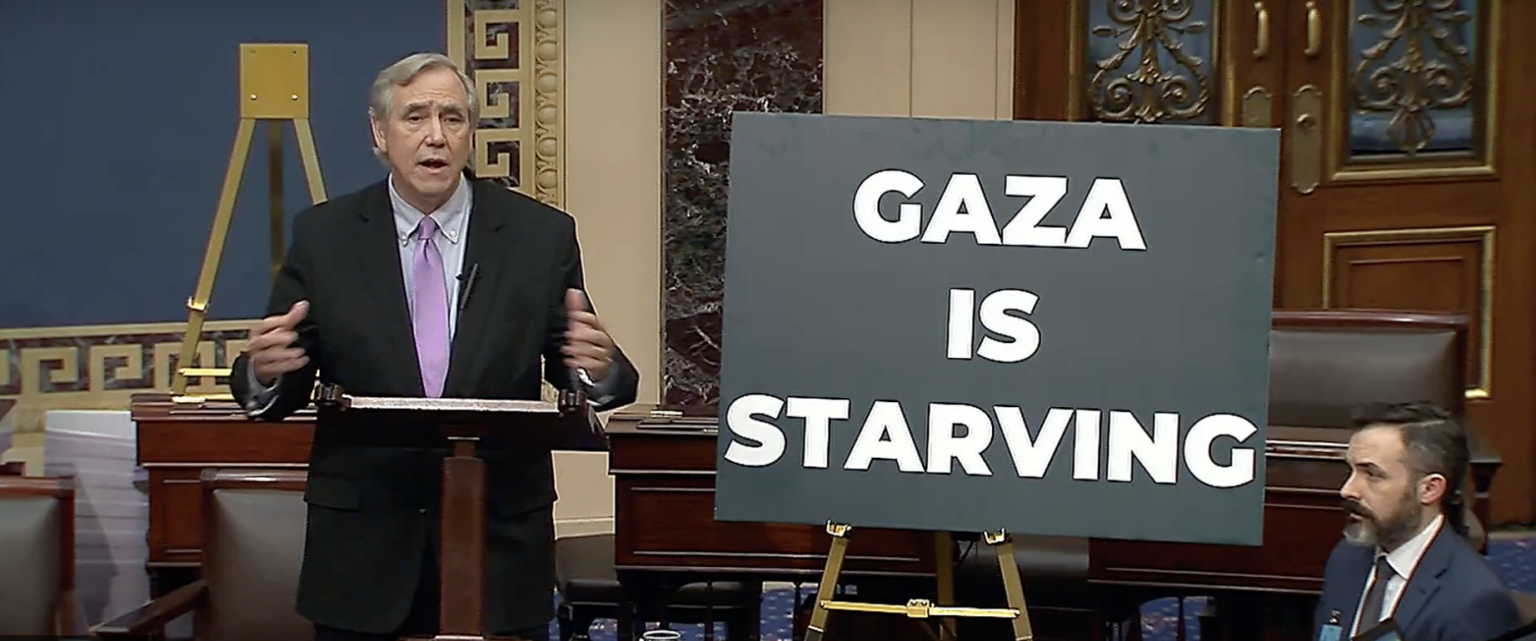Mission: accomplish. Portland students head back to school
Published 12:00 am Tuesday, August 30, 2022

- Sabin Elementary second graders enjoy their first day back in class.
As the doors to Sabin Elementary School opened Tuesday morning, Aug. 30, Guadalupe Guerrero was there, in suit and tie.
Trending
“Happy new year!” Guerrero said, greeting teachers and school aides on the first day back.
At 9 a.m., the Northeast Portland school was his third stop that morning, and far from his last. Guerrero, the superintendent of Portland Public Schools, has one goal for this school year: to refocus on education.
“We’re actually squarely focused on our core mission of teaching and learning. That’s what we’re excited about,” Guerrero said, “just getting back to the business of school.”
Trending
After more than two years of the coronavirus pandemic impacting education, which saw PPS and other Oregon schools move to comprehensive distance learning in March 2020, then slowly return to a hybrid model in April 2021, Guerrero wants nothing more than to give students and teachers a normal year.
Unlike most of last year, this year, masks are optional in schools. That means the focus has shifted from COVID-19 health and safety concerns, to meeting new teachers, finding classrooms and finding old friends, while making new ones.
Finding friends was at the top of 7-year-old Jaquan’s mind. He paused long enough for his mother to snap a few photos outside Sabin Elementary before heading in with fellow second-grader Jamarie to their first day of class.
The focus on teaching and learning might be more important than ever this year, as PPS rolls out new math and reading curriculum for its students.
“Our teachers have been really engaged this summer. Hundreds and hundreds of teachers participating in professional learning and training,” the superintendent said of getting PPS educators acquainted with new curriculum and teaching methods.
“I think when I first came to Portland, the thing that I heard often is, ‘we haven’t had new textbooks in 20 years,'” Guerrero said. “So you can imagine their excitement. It’s like, ‘forget all this other stuff, finally I have some high-quality materials.'”
With new books, curriculum and a new academic year, the superintendent is committed to what he calls “a vision that’s audacious and lofty, but one we know is true” for students, that hinges on core academic knowledge “with a social justice conscience.”
During the summer months, there was concern about vacant teacher positions and finding enough bus drivers to staff each school route. By Tuesday, the district had more than enough drivers and 98% of its teaching positions were filled, Guerrero noted.
As Guerrero entered Sabin, stopping at the front office, he was tasked with delivering a water bottle to a student whose parent dropped it off after he left it behind. Guerrero managed the hand-off discretely, in an effort not to embarrass the kid.
Inside, Chrysanthius Lathan, Sabin’s principal, walked alongside the superintendent as they stopped in classrooms to greet teachers and students.
This is Lathan’s fourth year leading Sabin. She grew up inside the school’s halls.
“I went to this school. K-fifth grade,” Lathan said. Not much has changed inside the building since she was young. She half-jokes about enthusiasm for the next school bond measure, so Sabin can replace carpet in some areas.
A lifelong Portlander, the school not only holds personal history for Lathan, but now, it fuels her own professional mission.
“The main sense of ownership I feel is making sure our Black and brown kids’ needs are met,” she said. “I feel like it’s my specific calling to make sure that work happens here.”
For too long, Principal Lathan said, PPS hasn’t been meeting the needs of its students of color.
She knows it. Guerrero knows it. The problem—for the most part—is statewide, reflected in graduation rates and test scores. It’s one of the reasons PPS talks so heavily about its racial equity and social justice “lens.” It’s also why Guerrero’s latest employment contract includes extra compensation if the district increases the number of third-grade students of color who test at or above grade level on statewide assessments.
PPS, the state’s largest district and arguably its most progressive, has drawn ire from some conservative parents and politically motivated critics denouncing COVID-19 safety protocols, gender-neutral bathrooms, racial equity and social justice education, comprehensive health curriculum and critical race theory, which isn’t taught at PPS and is rarely, if ever, taught at the K-12 level.
Guerrero and PPS administrators are vigilant, but undeterred.
“In talking with our colleagues in neighboring districts, we’ve seen political divisiveness take over,” Guerrero said, summarizing it as a distraction from the task at hand. “We’re going to teach objectively. …We’re not going to apologize for our racial equity agenda. If you’re not gonna be part of the solution, you gotta get out of the way.”
After spending more than an hour at the elementary school, he’s headed to Beaumont Middle School, his fourth stop of the day. Later, he’ll head back to Lincoln High School downtown, where students are starting their year in a brand new building.
But first, he needs to make a stop to see a seventh-grader.
Guerrero volunteers as a mentor with Big Brothers Big Sisters. He’s been partnered with a boy for about five years, offering advice, taking him bowling, or out to soccer games.
“The mentor gets just as much out of the experience (as the mentee),” Guerrero said of the volunteer commitment.
Guerrero, the first Latino superintendent at PPS, started volunteering with the organization shortly after taking the top job at PPS after serving as deputy superintendent at San Francisco Unified School District. When he first moved to Portland, his wife, a longtime educator who just started teaching kindergarten again in a nearby district, stayed behind in San Francisco temporarily with their daughter so she could finish out her senior year of high school.
With both of his kids now grown, Guerrero is focused on the more than 44,000 kids under his watch at PPS.







